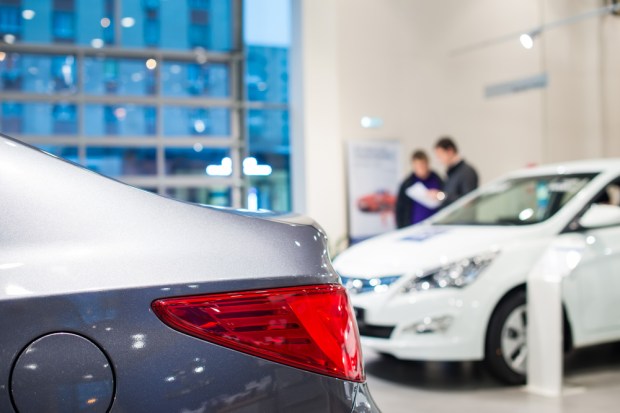Car Buyers ‘Underwater’ On Trade-Ins

A record number of consumers looking to trade in vehicles are finding that their cars are worth less than they owe on their loans.
USA Today reported that an increase in easily available credit and longer loans has resulted in more people being underwater or upside down. According to Edmunds.com, a record 32 percent of all vehicles offered for trade-ins at dealerships in the U.S. are in this category.
Consumers in this predicament must add the difference between their loan balance and the vehicle’s value to the price of what they want to buy when purchasing a new car. To combat the impact to the market, automakers are offering more incentives, and subprime lenders are keeping a more watchful eye on delinquency rates.
“There’s been a lot of water building behind this dam for some time because of higher transaction prices, lower down payments and long-term loans,” Greg McBride, chief analyst with Bankrate.com, told USA Today.
“It’s problematic for the consumer because there’s no foolproof way to eliminate his financial exposure,” McBride added. “If the car gets stolen, is totaled or you get new car envy while you’re upside down, then it’s a big problem.”
Americans are both buying and financing cars at increasingly high rates.
Last year, the auto loan debt mark tipped over the $1 trillion mark for the first time in U.S. history.
That figure came care of the New York Federal Reserve, which estimated that, on the whole, American consumers are carrying about $12 trillion in total indebtedness, an amount that has ticked up by about $2 billion since Q2 2015.
Between April and June 2015, consumers grabbed around $119 billion in auto loans, a notable jump from the $95 billion taken out in loans in Q1. If all continues apace, the industry could pass the previous record of 17.4 million loans originated in the year 2000.
